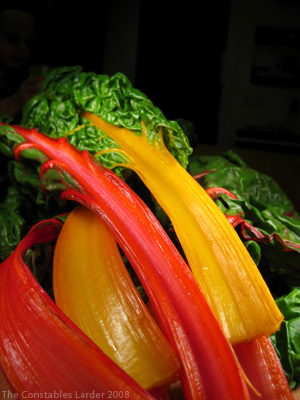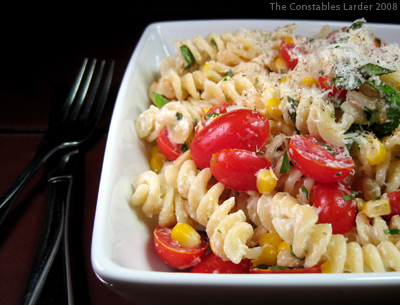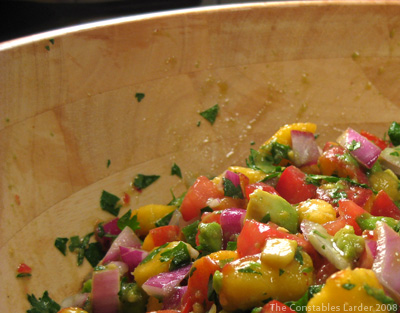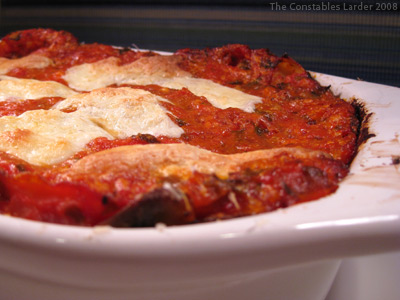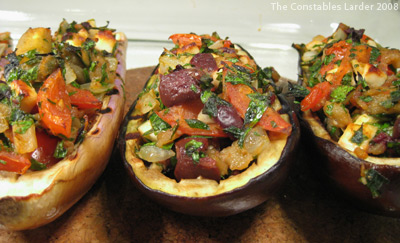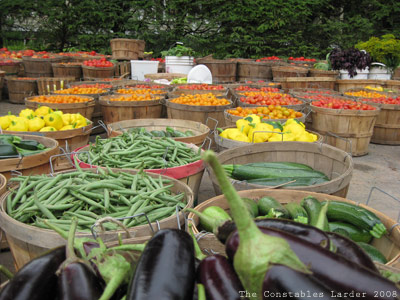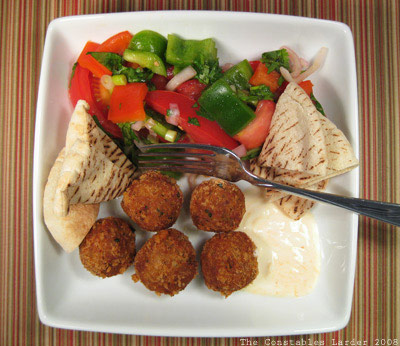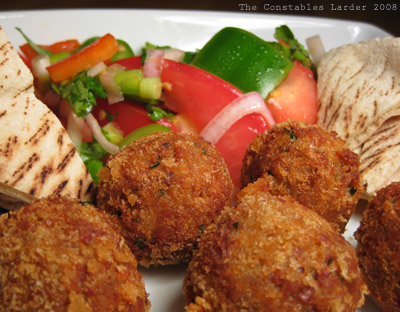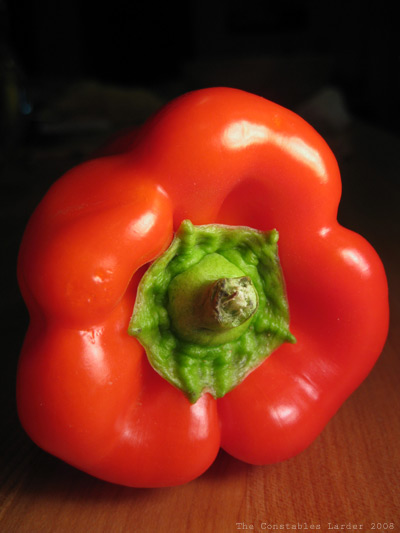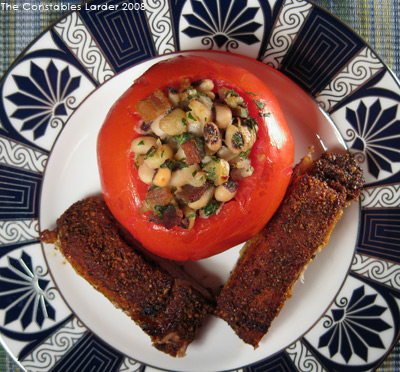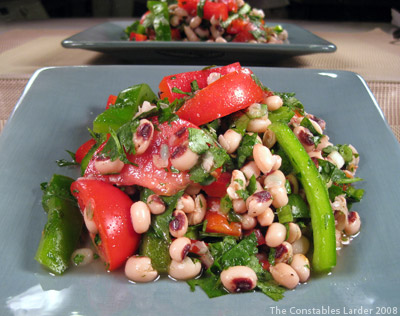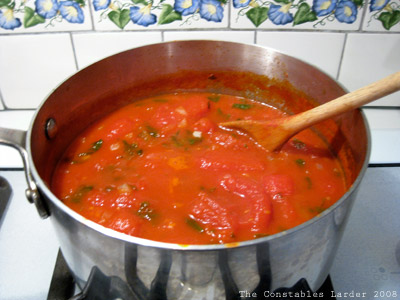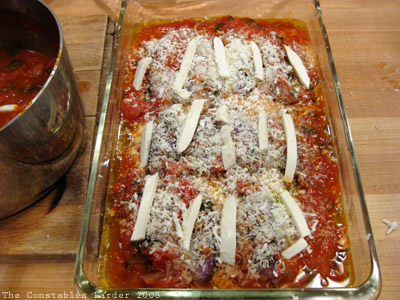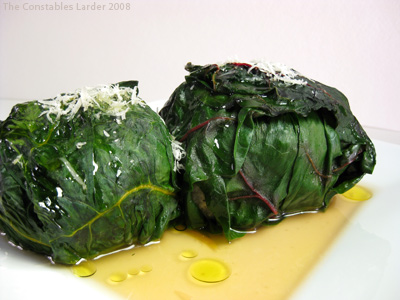
Tonight I adapted Mark Bittman’s post on Chard Stuffed with Risotto and Mozarella, which he in turn adapted from the restaurant La Zucca Magica in Nice. It makes for fabulous comfort food or a rich first course. Yum. If you make the dish, you might find his short video useful. It’s also really fast to put together if you have made the risotto in advance. Did I say yum already?
My version was to make a mushroom and shallot risotto with chicken broth (Bittman went with a lemon-saffron risotto). Vegetable broth would work quite well for you vegetarians out there.
Shallot and Mushroom Risotto
(Makes enough for 6 medium-sized stuffed chard leaves)
2 tbsp butter
1 1/2 cup arborio rice
2 medium shallots, finely diced or minced
1 cup white button mushrooms, thinly sliced*
6 cups of stock (chicken or vegetable)
splash of dry white wine
olive oil
salt and pepper
Heat your stock (I used a homemade chicken stock) in a saucepan until it very lightly simmering.
In a thick bottomed pan, melt 2 tbsp of butter and a dash of olive oil over medium heat. When the butter has melted, add the shallots and cook for a minute or so, stirring regularly to prevent any sticking. Then add the mushrooms and continue cooking and stirring for several minutes until the juices from the mushrooms start to emerge. Add the arborio rice and stir it in until it is coated with the butter. Add a few turnings of salt and pepper grinders.
With a ladle, start adding the stock, never pouring more than 1/2 cup worth of liquid in at a time. Stir as continuously as you can bear (continuously is preferrable), and when most of the stock has been absorbed or evaporated, ladle in some more. You don’t want the rice to ever get too soupy or too dry — it should remain bubbling. After a few ladles-worth of stock, add a dash of dry white wine, stir in, then go back to adding stock.
Most cookbooks recommend that you start tasting your risotto after 20 minutes of cooking. You want the rice to be cooked but still have a bit of a crunch. In my case, the risotto took 25 minutes of cooking. If you don’t have quite enough stock, continue with water.
* Note: many folks use fancier mushrooms for risotto, such as porcini or shitake; those are delicious, but button mushrooms are cheaper and still quite good.
Stuffing & Cooking the Chard Leaves
6 Chard Leaves (or as many as you need)
Fresh mozarella, loosely diced
1/2 cup of broth (chicken or vegetable)
parmesan cheese, grated
olive oil
You’ll want to let the risotto cool before you proceed to the next step (of course, you won’t have this issue if you are using leftover risotto from the fridge). You’ll want to have a medium to large chard leaf for each risotto ball you are making.
With a sharp knife, remove the thick stalk running up the center of the chard leaves, leaving the two halves of each leaf connected by 2 or 3 inches of leaf at the top. Then parboil the leaves in boiling water for about 30 or 40 seconds.
Using your hands, make medium-sized balls of the risotto (I went with about 2.5 inches in diameter). As Bittman put it, it’s rather like making a small snowball. Then push in one side to create a cavity. Place a few pieces of mozarella in the cavity, then close up the ball around it.
Place the risotto ball at the point of the chard leaf where the two halves of the leaf connect, and the snugly wrap each leaf half around it until it is entirely covered.
Place the stuffed leaves snugly in a small/medium-sized baking dish, and pour some broth over top — enough to fill the dish with about a half-inch of broth. Then bake for 20 minutes at 400F.
Serve by dribbling some of the broth from the baking dish over the top and add a dribble of olive oil and some grated parmesan cheese. Some fresh pepper is nice as well. Note: I decided that this particular rendition of the dish was better without the lemon zest garnish Bittman uses in his version.
In the spirit of experimentation, I played with using collard green leaves as well for the wrapping and the verdict was clear: the chard was absolutely delicious; the collard greens were very quickly voted off the island!
A big thank you to La Zucca Magica and Mark Bittman for bringing this one to the rest of the world. Did I mention “yum”?
